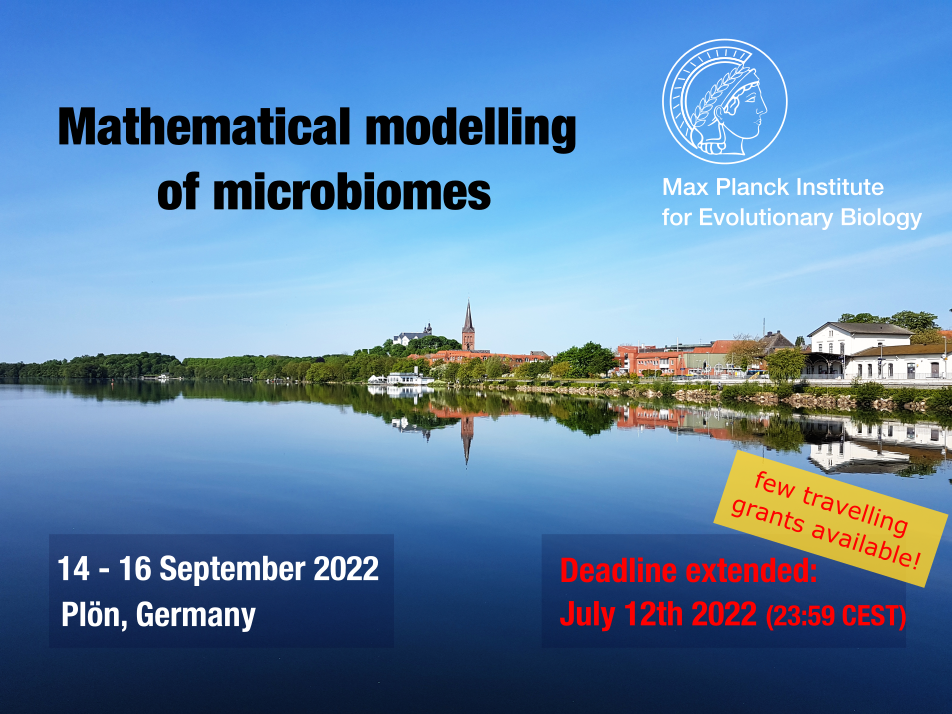Speaker
Description
Authors: J Camacho-Mateu, Aniello Lampo, Matteo Sireci, Miguel A Muñoz, Jose A Cuesta
Microbial communities are ubiquitous in the entire biosphere, from seawaters and soils to animals’ guts, and have a great impact in many biological processes, for instance those involved in human health. Herein, a crucial role is played by interactions among species. It has been shown, indeed, that these may underlie the critical features associated with some disorders, such as Crohn’s disease and other forms of inflammatory bowel syndrome, and actually many medical treatments work by acting on competition among bacteria. Accordingly, characterizing the interaction network of microbial communities, as well the resulting dynamical behavior, constitutes a challenging task. In the present work we propose a method relying on Monte Carlo Markov chain (MCMC) aimed to build the microbial interaction network that best fits the abundance correlation distribution of a real biome. This has the advantage of dealing with an object – the correlation distribution – that is usually much less noisy compared to abundance time series, on which are based many of the current inference techniques. Importantly, we analyze the dynamics induced by the obtained interaction network in the generalized Lotka-Volterra framework, and find that it reproduces the experimental laws detected in the previous literature – the Gamma distribution of abundance fluctuations over samples, the lognormal distribution of its mean value over species, and the linear relationship with the related variance – that fully characterize the macroecological behavior of microbial communities. Our MCMC method, supported by the agreement with experimental observations, allows to get insight about the main features of the microbial interactions. In particular, we look into their spectral properties and unveil the existence of outliers eigenvalues, suggesting the existence of main modes related to species which pivot the general dynamics.

